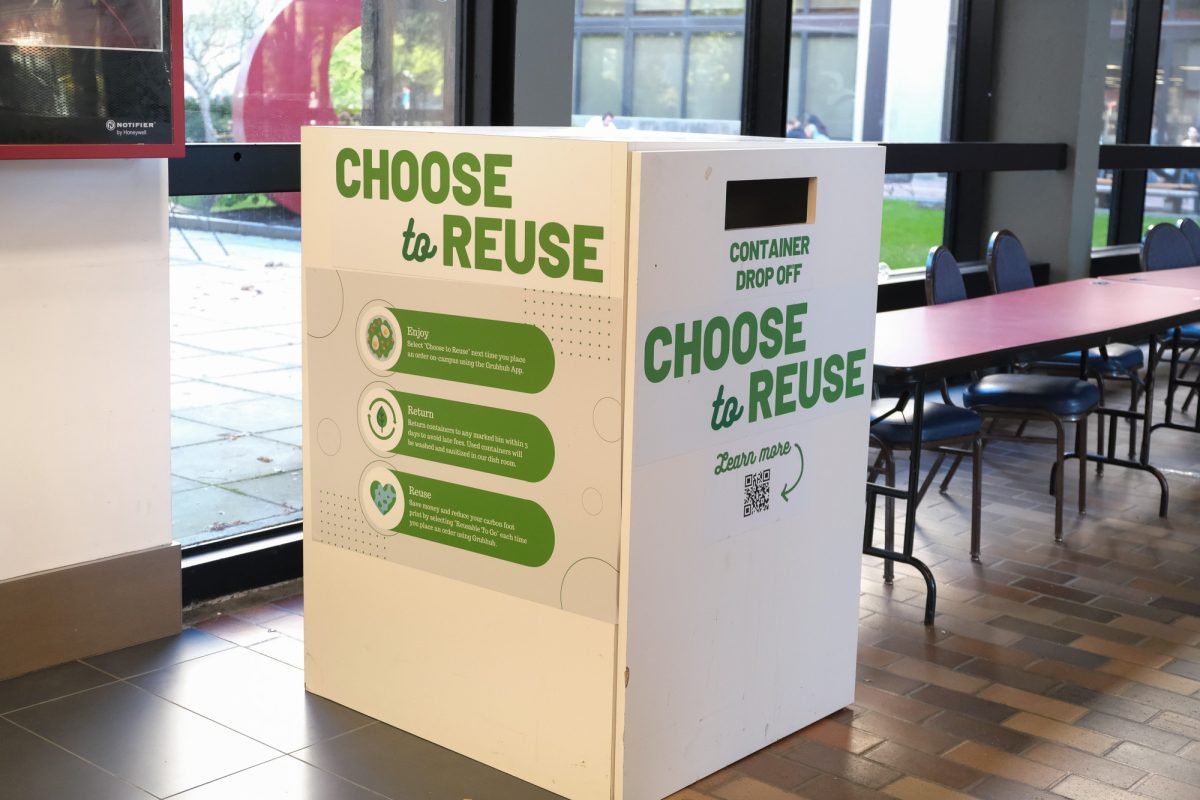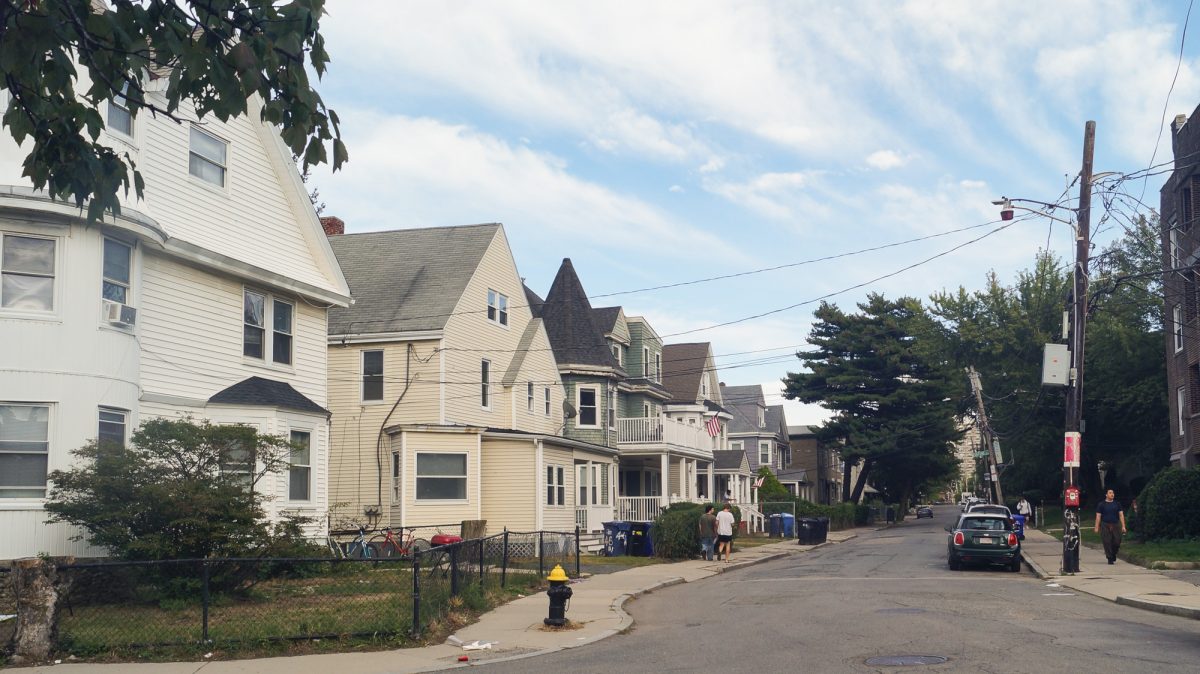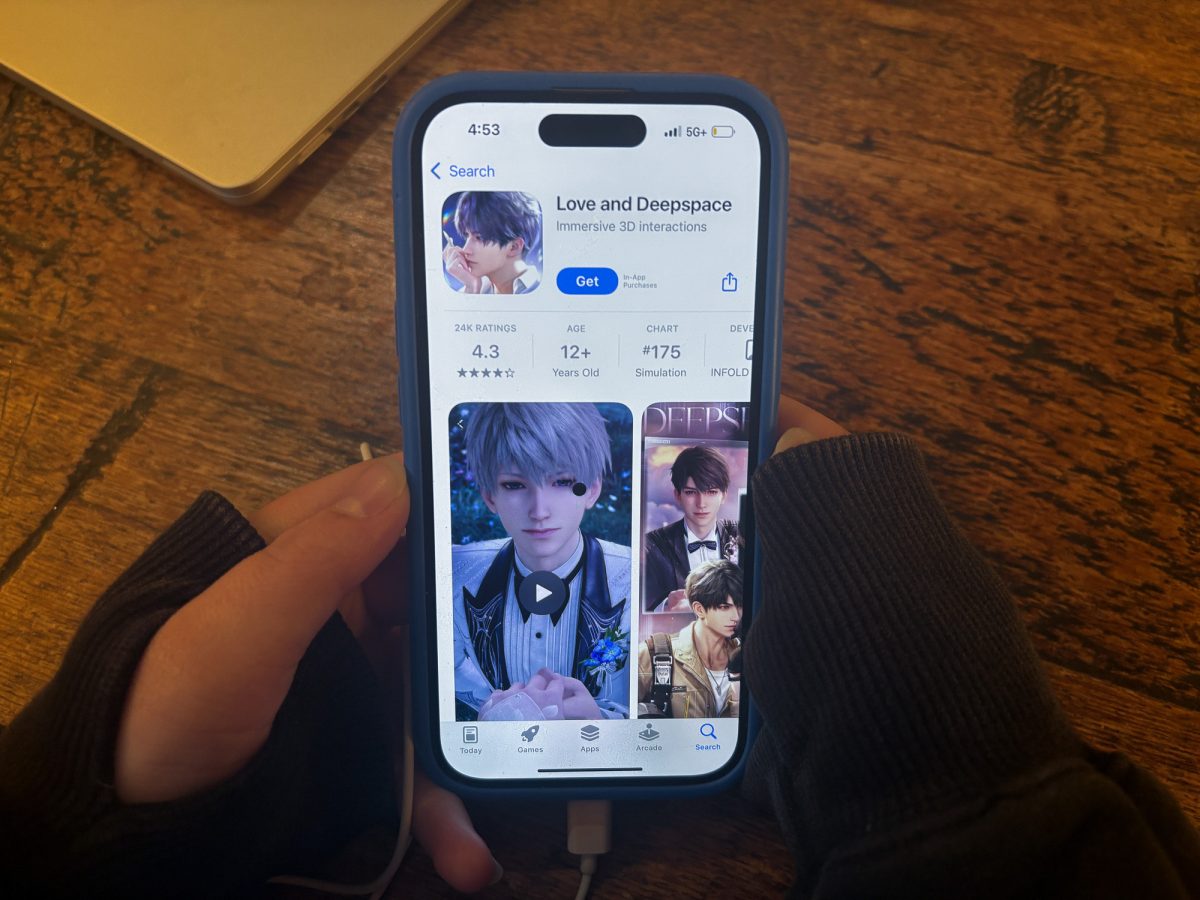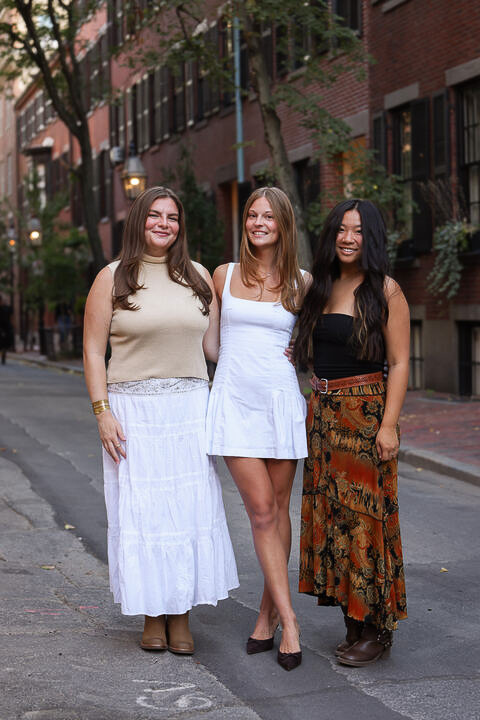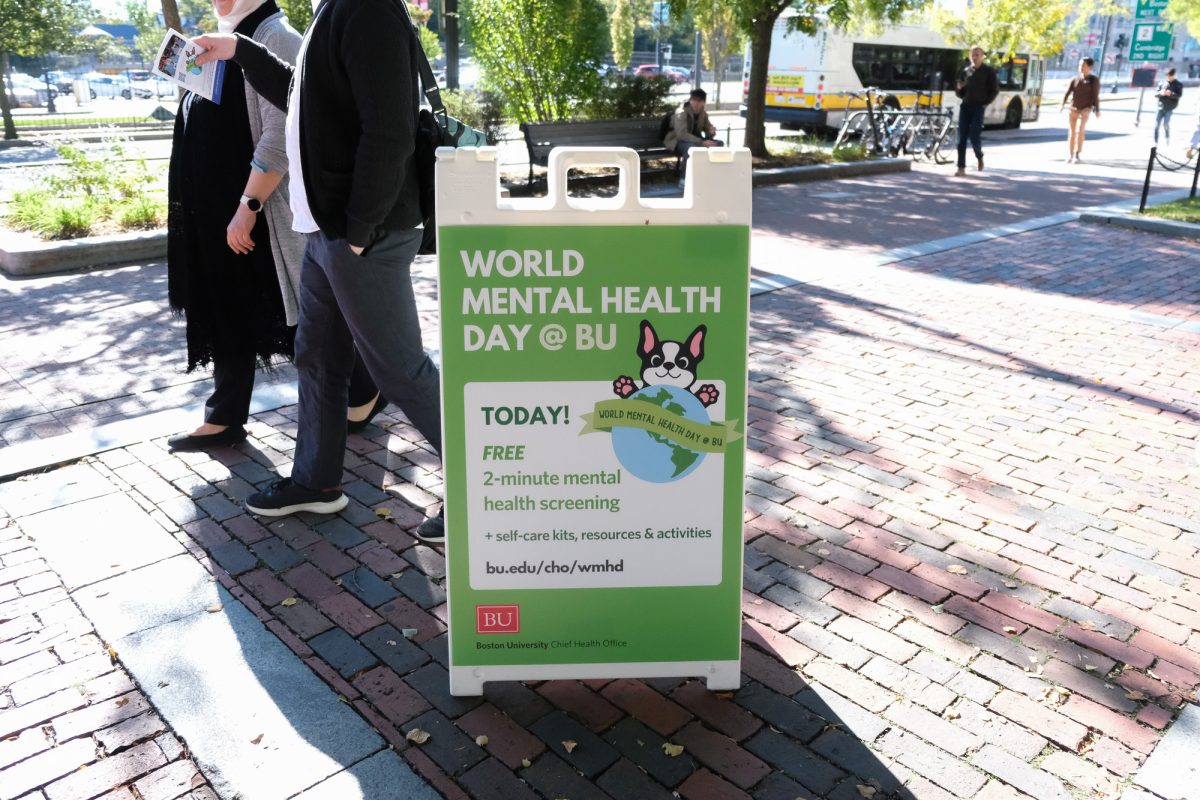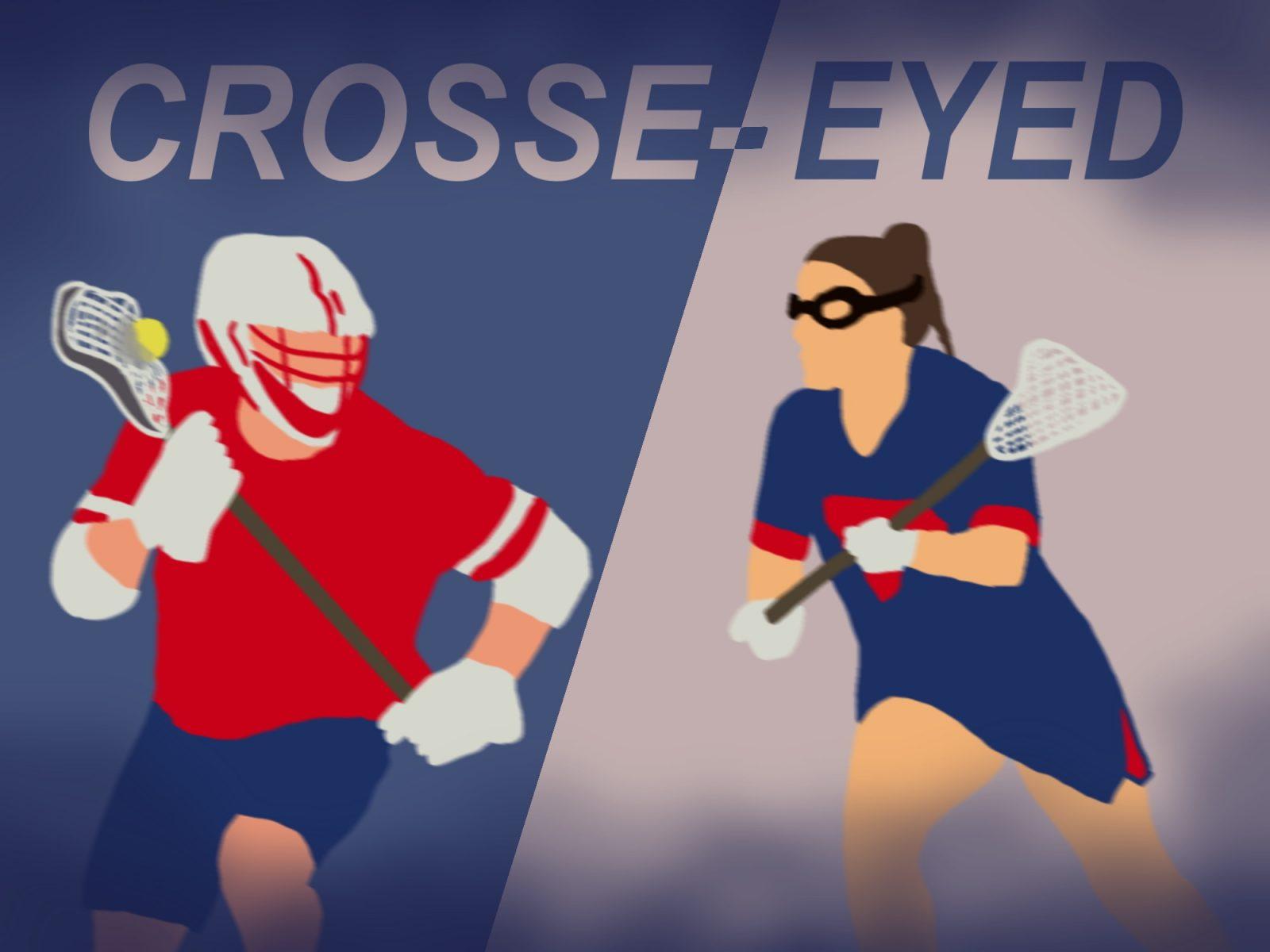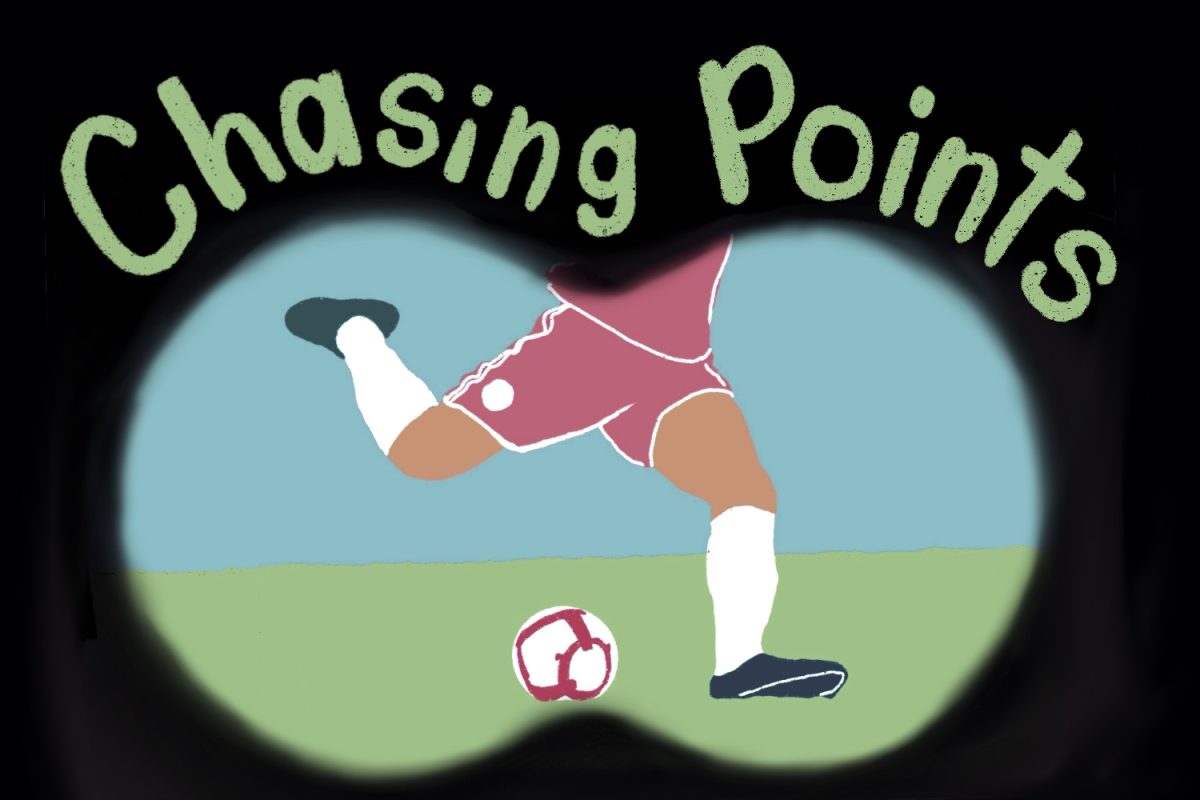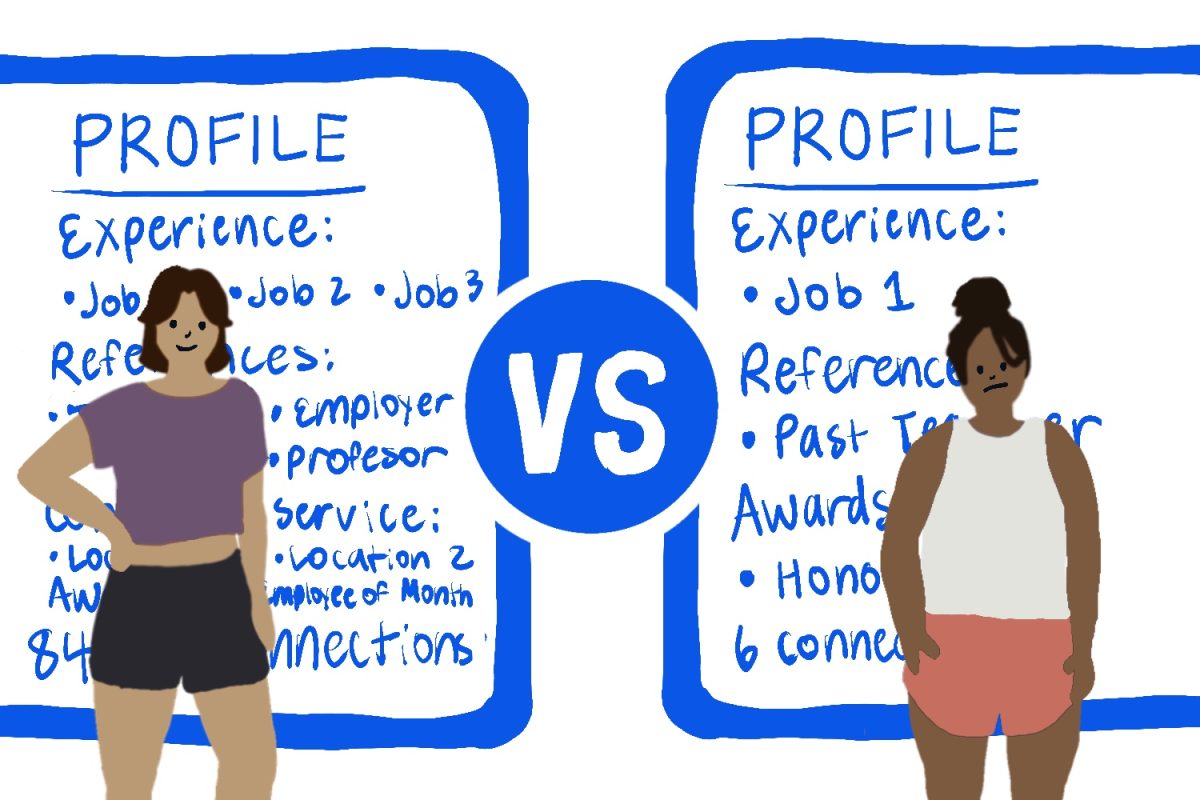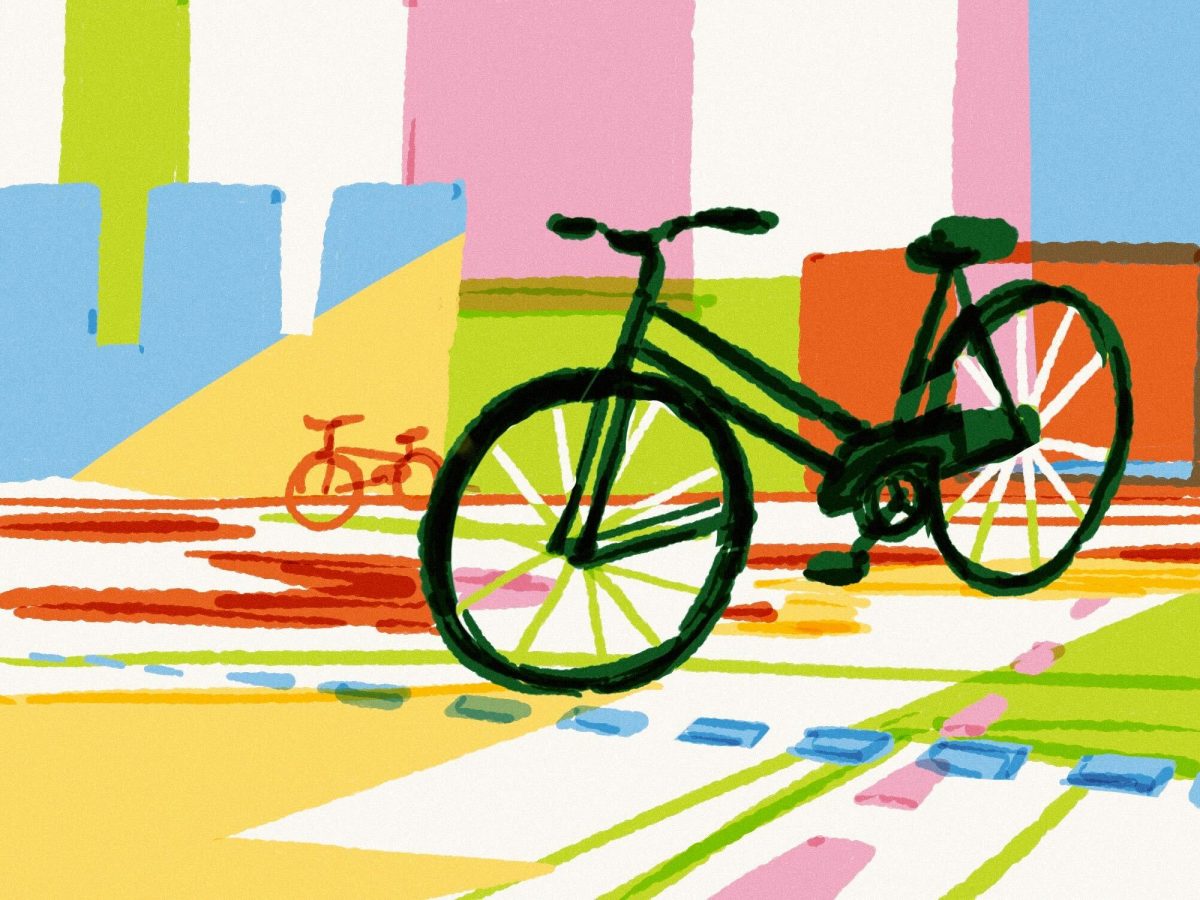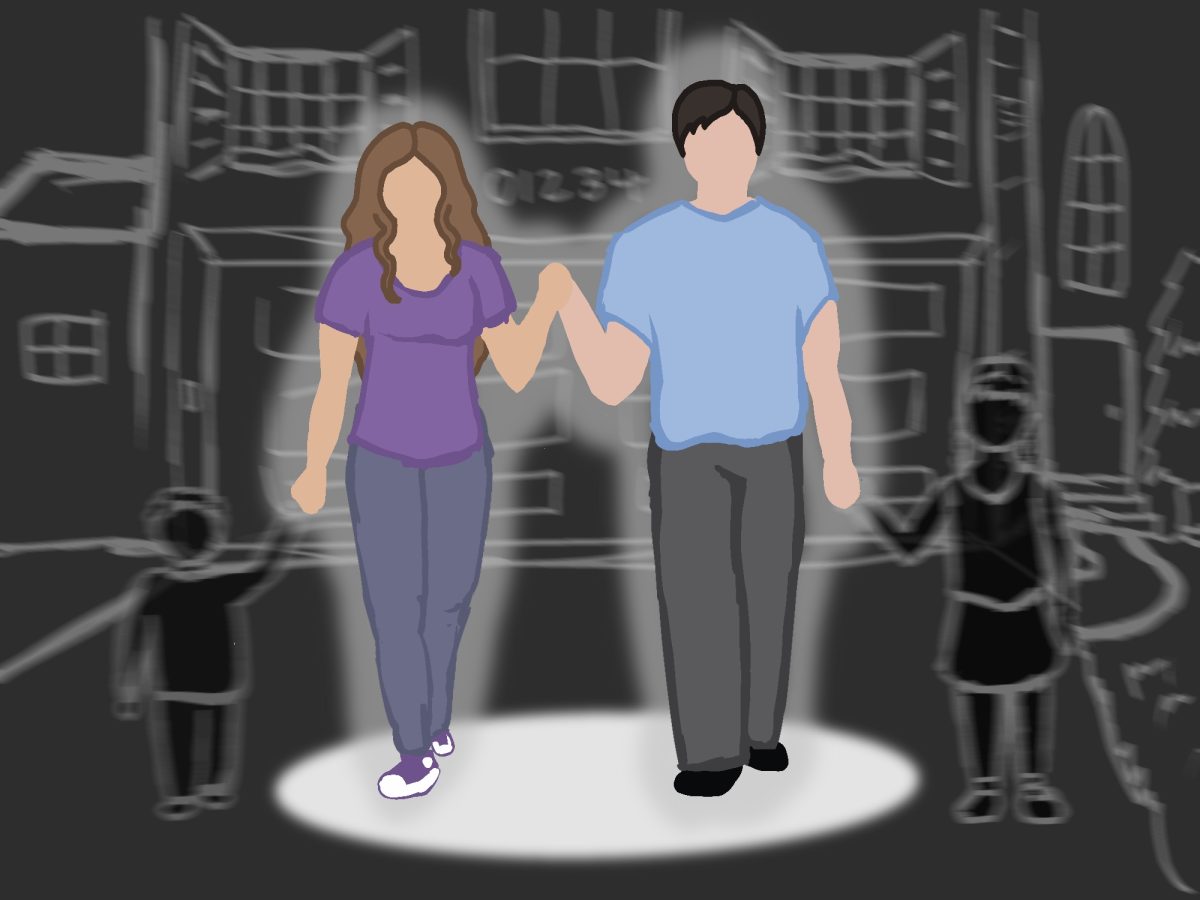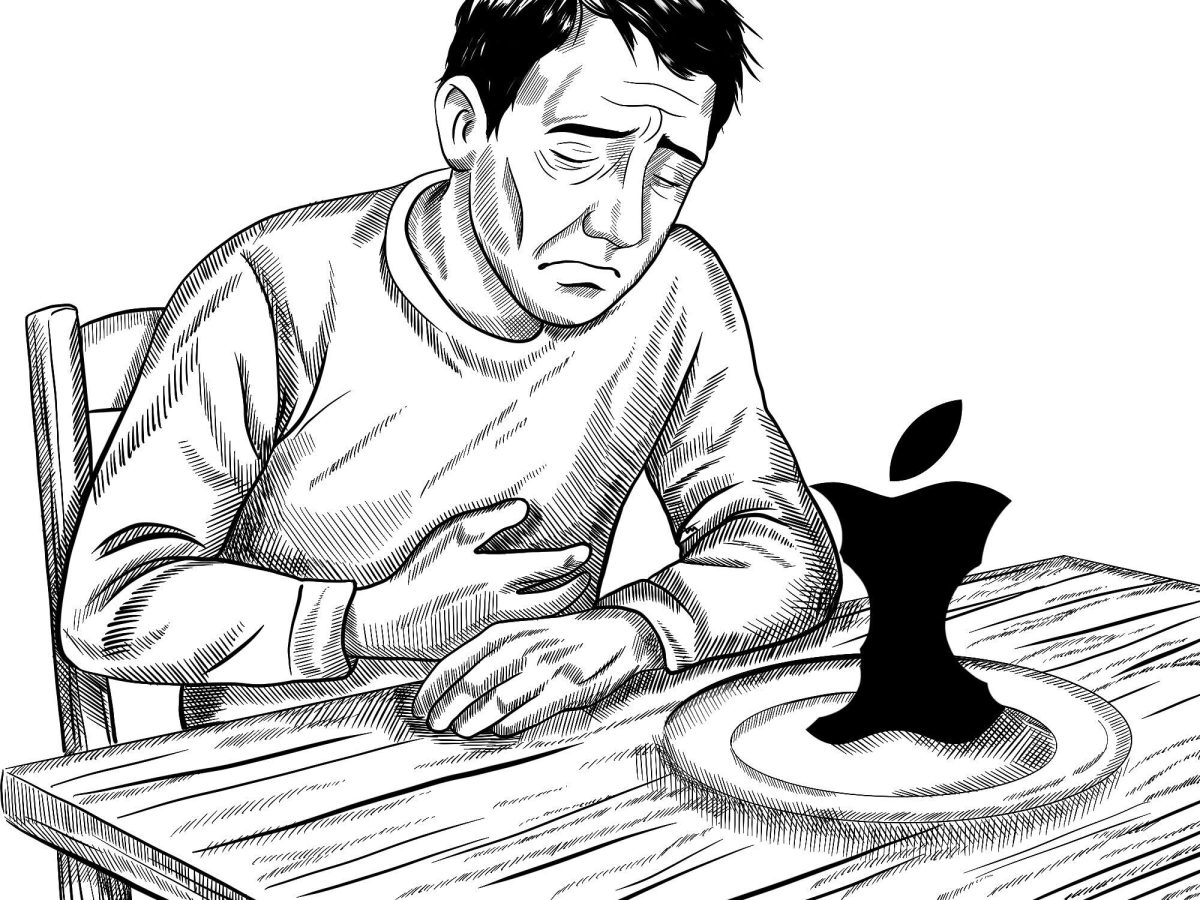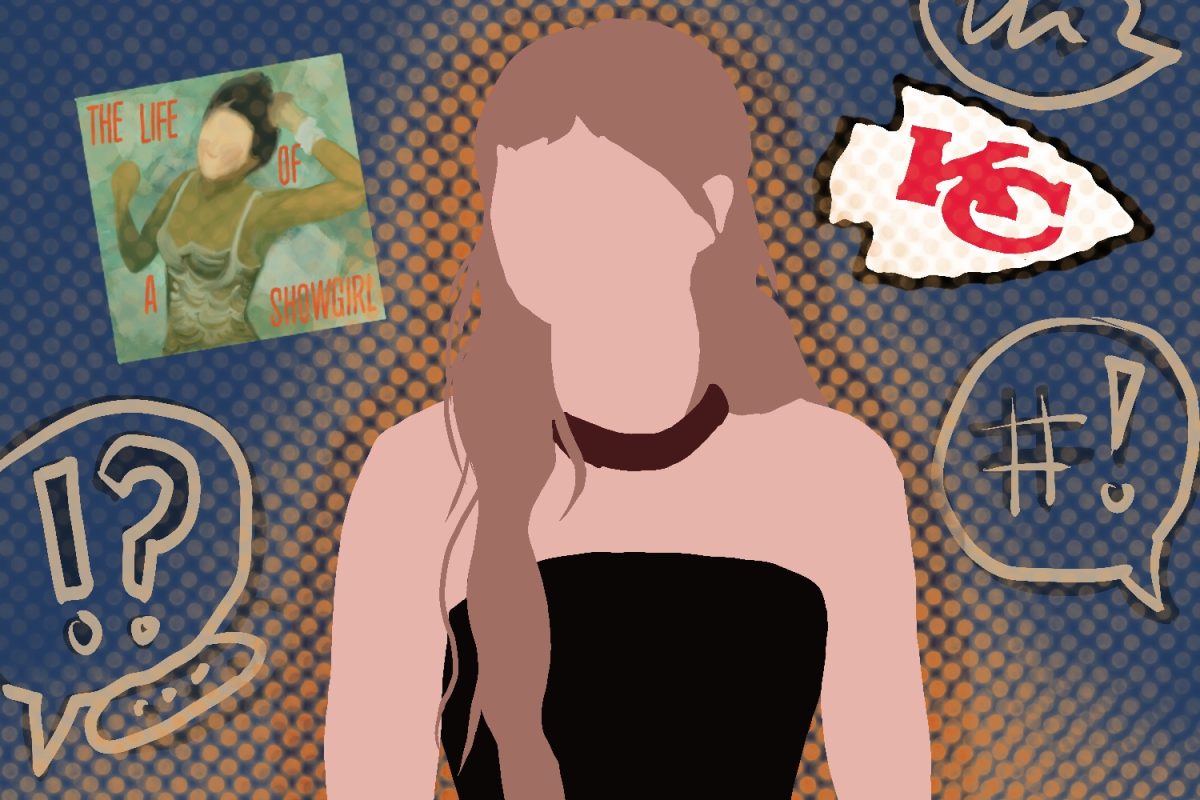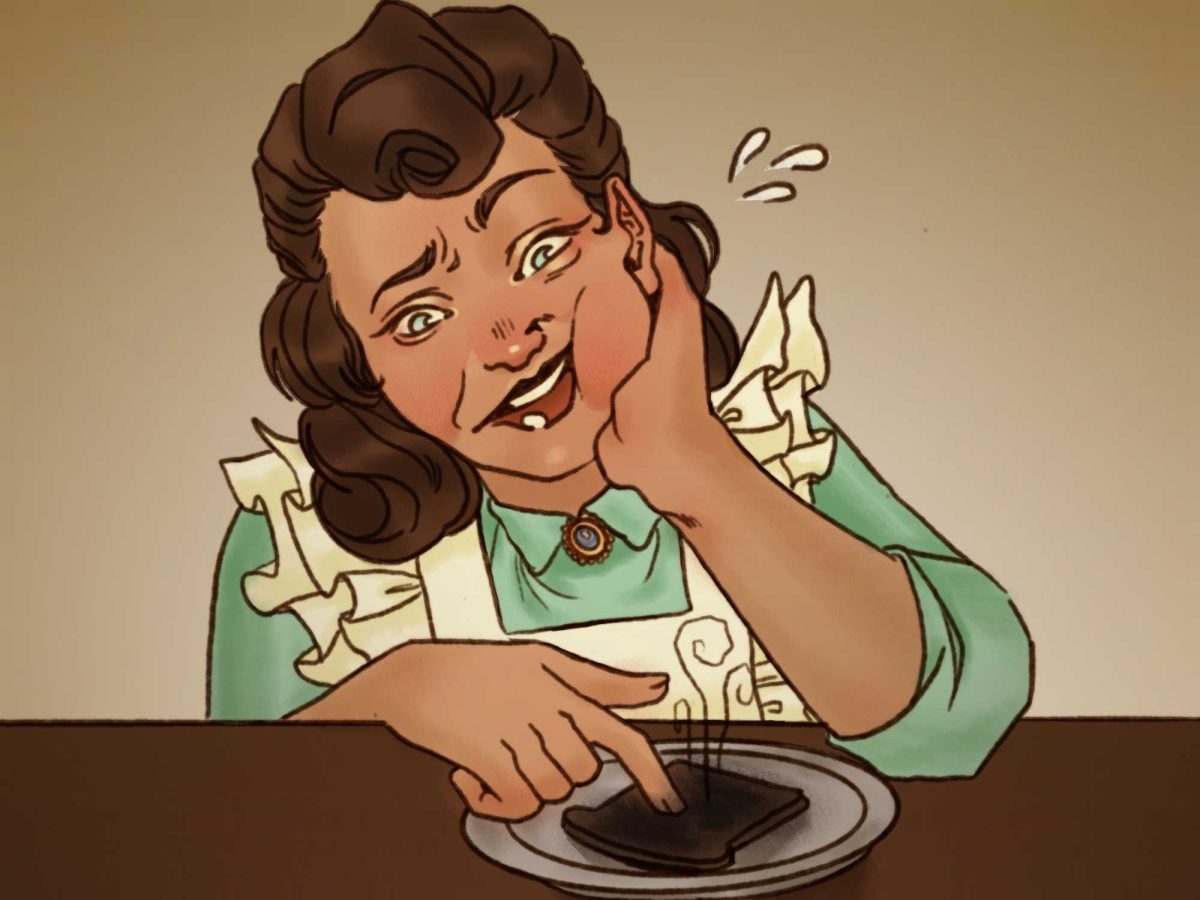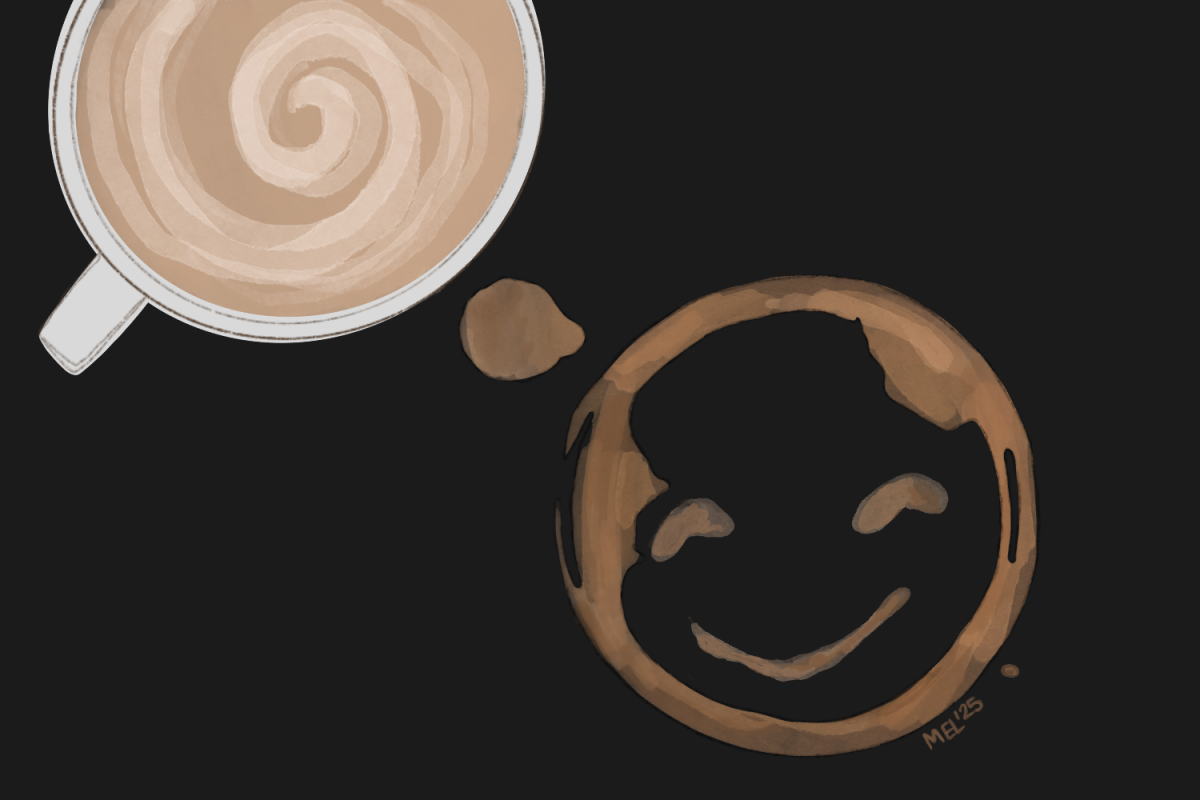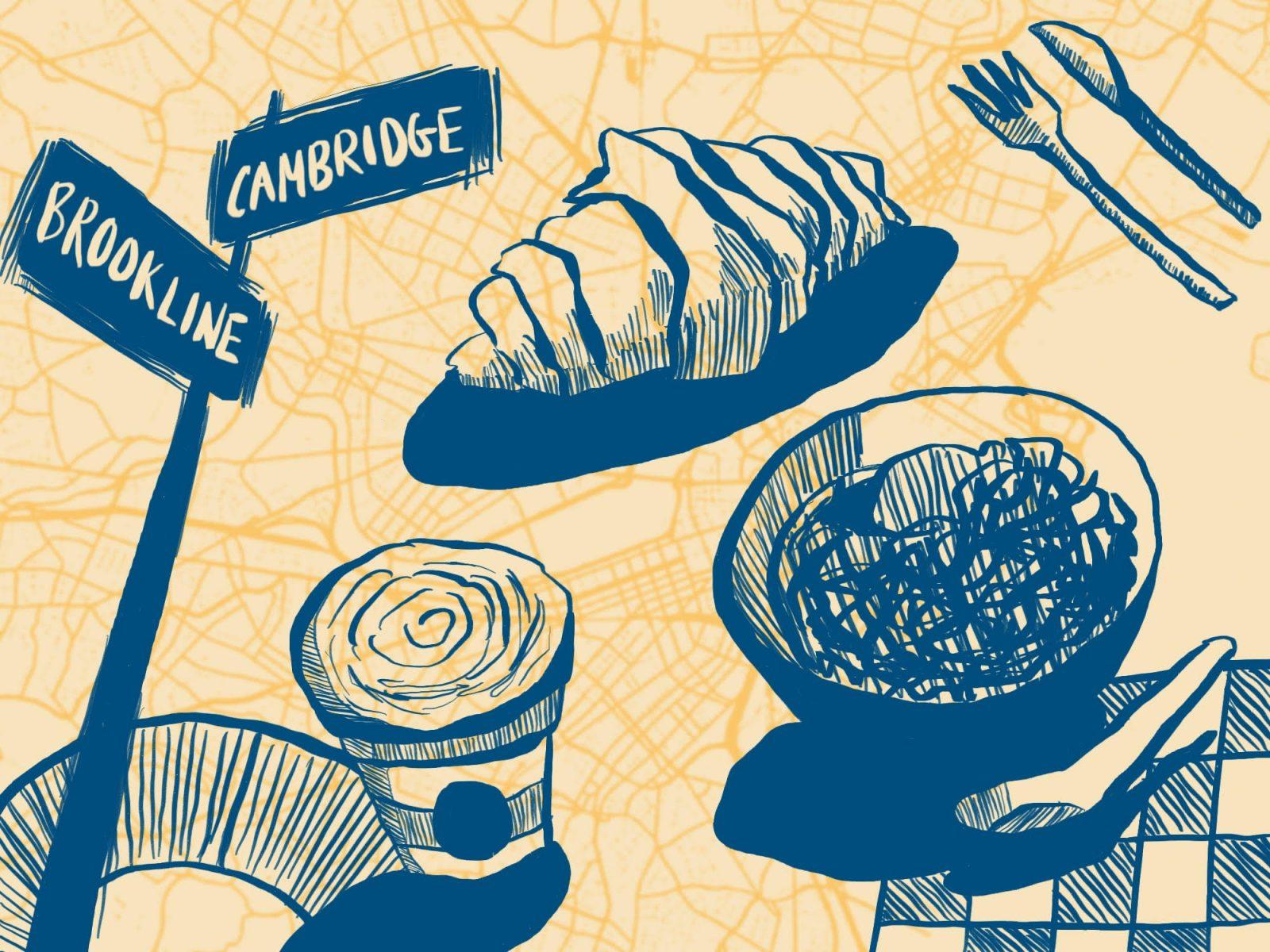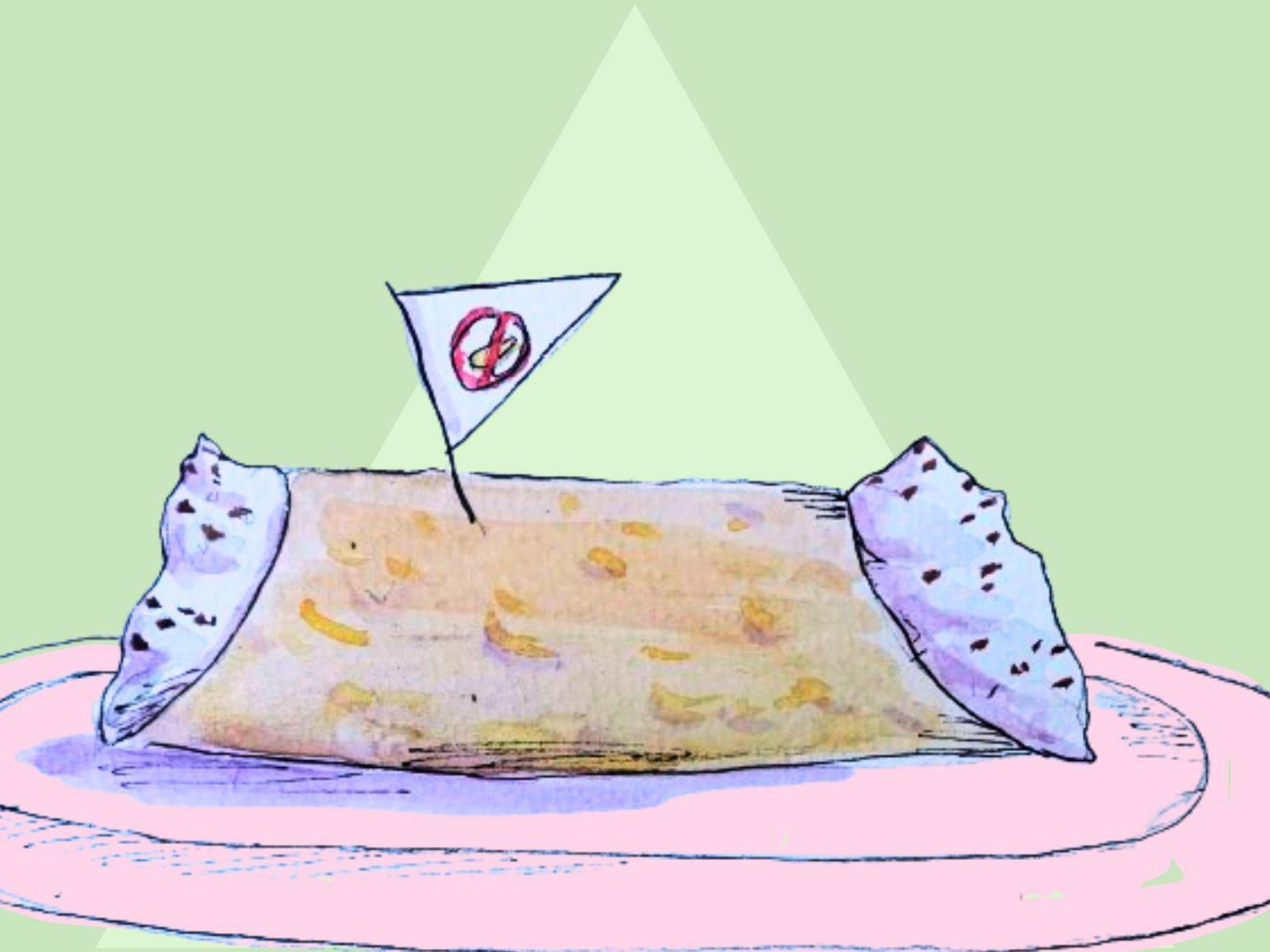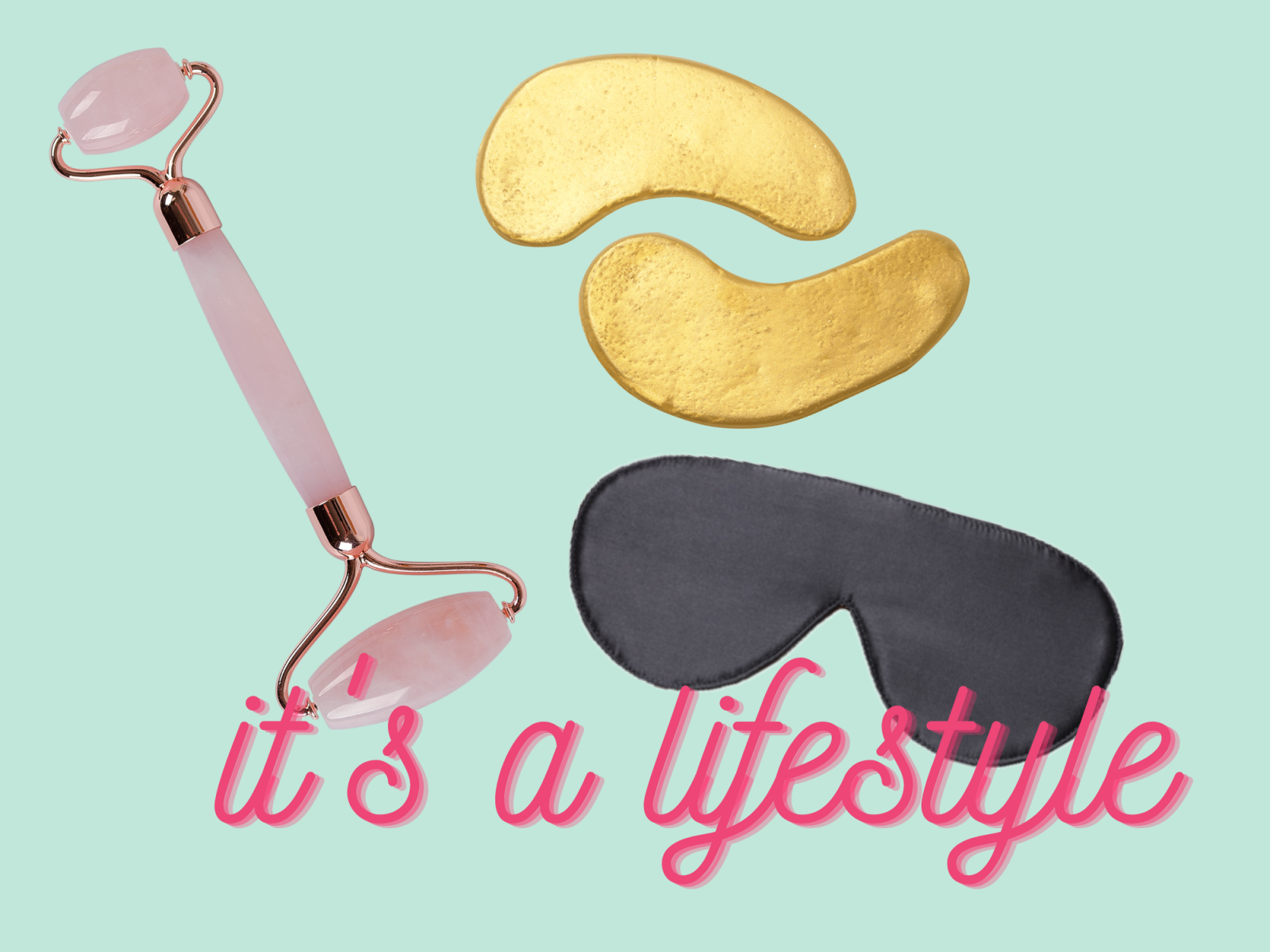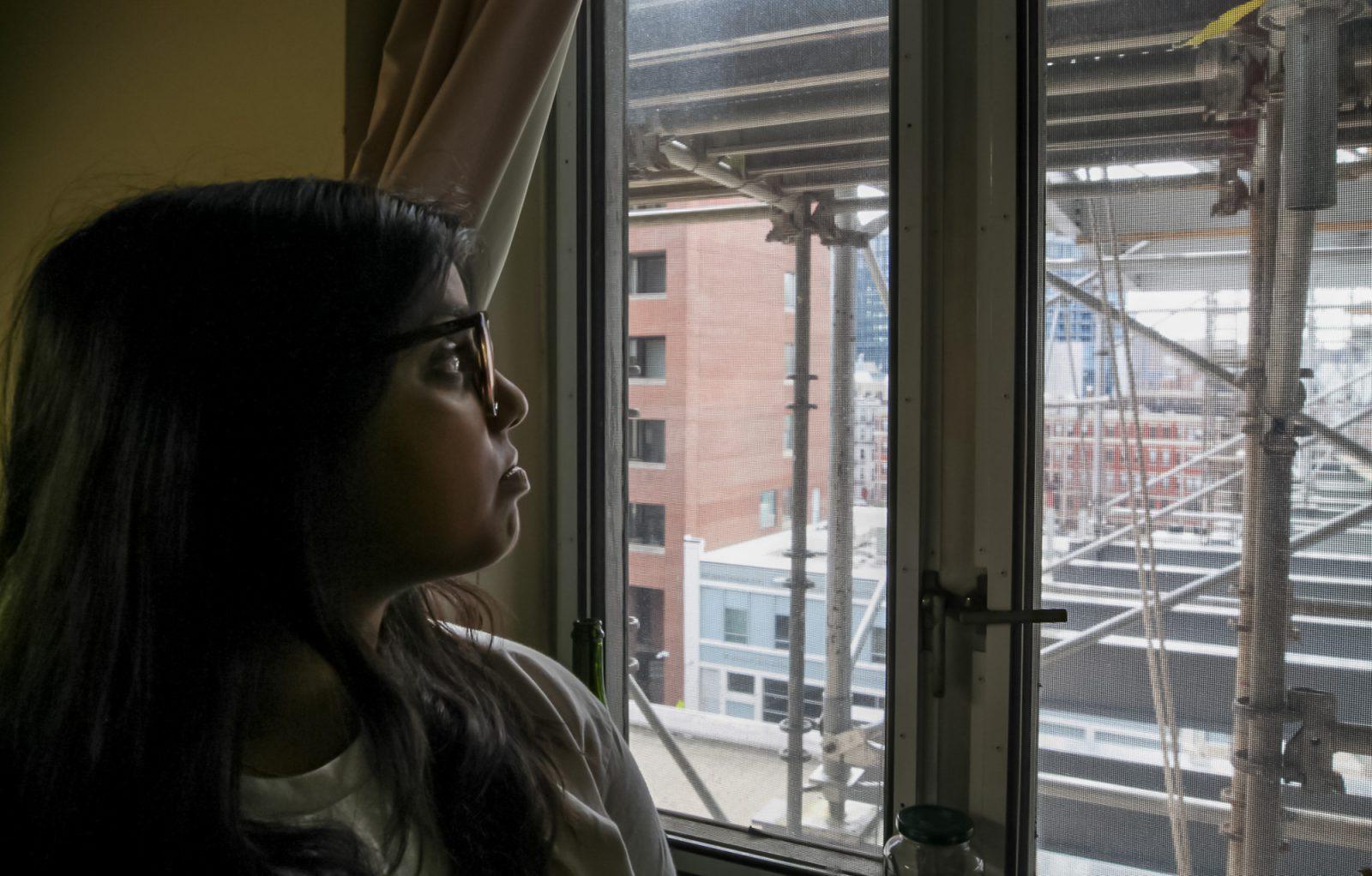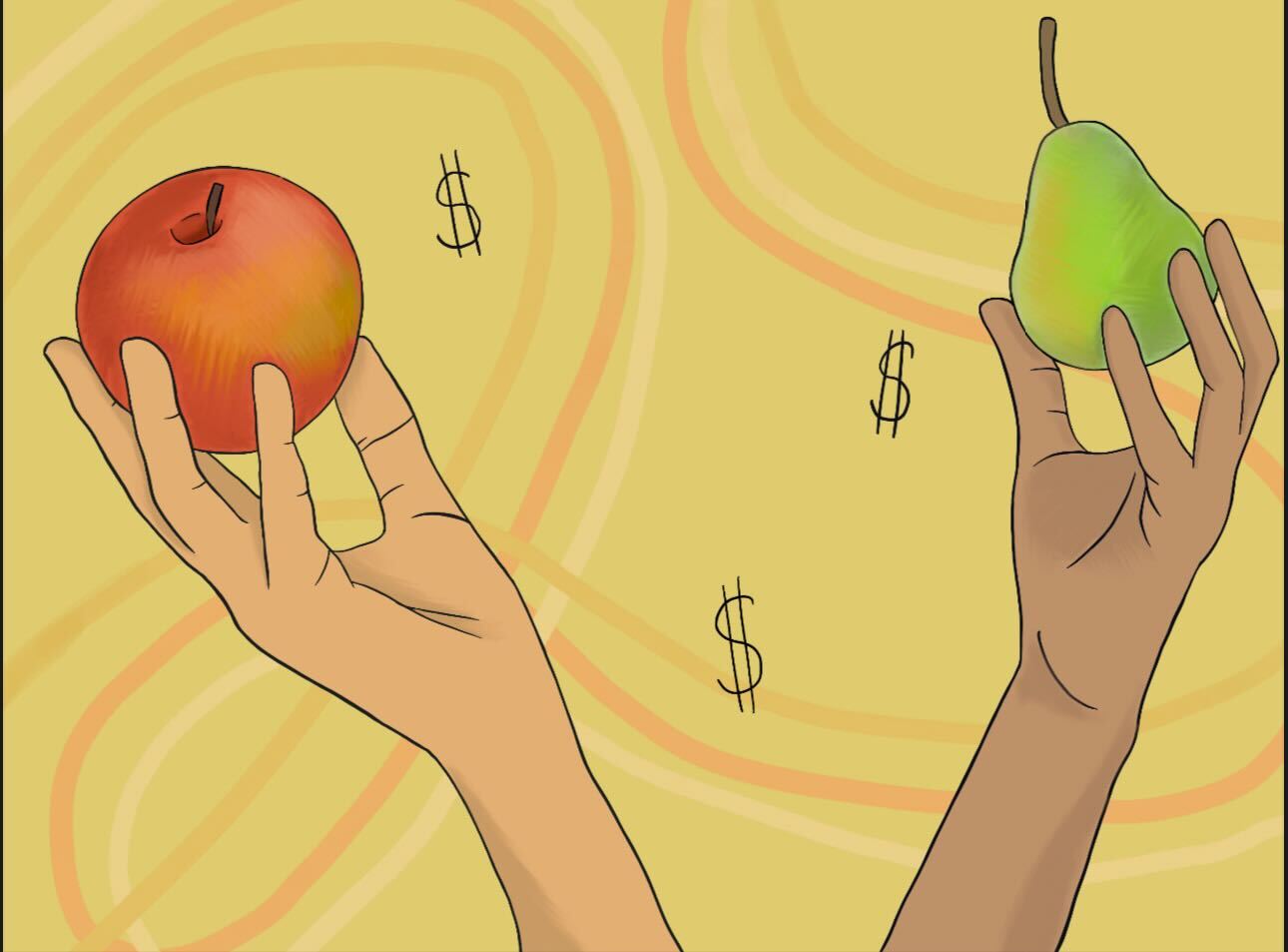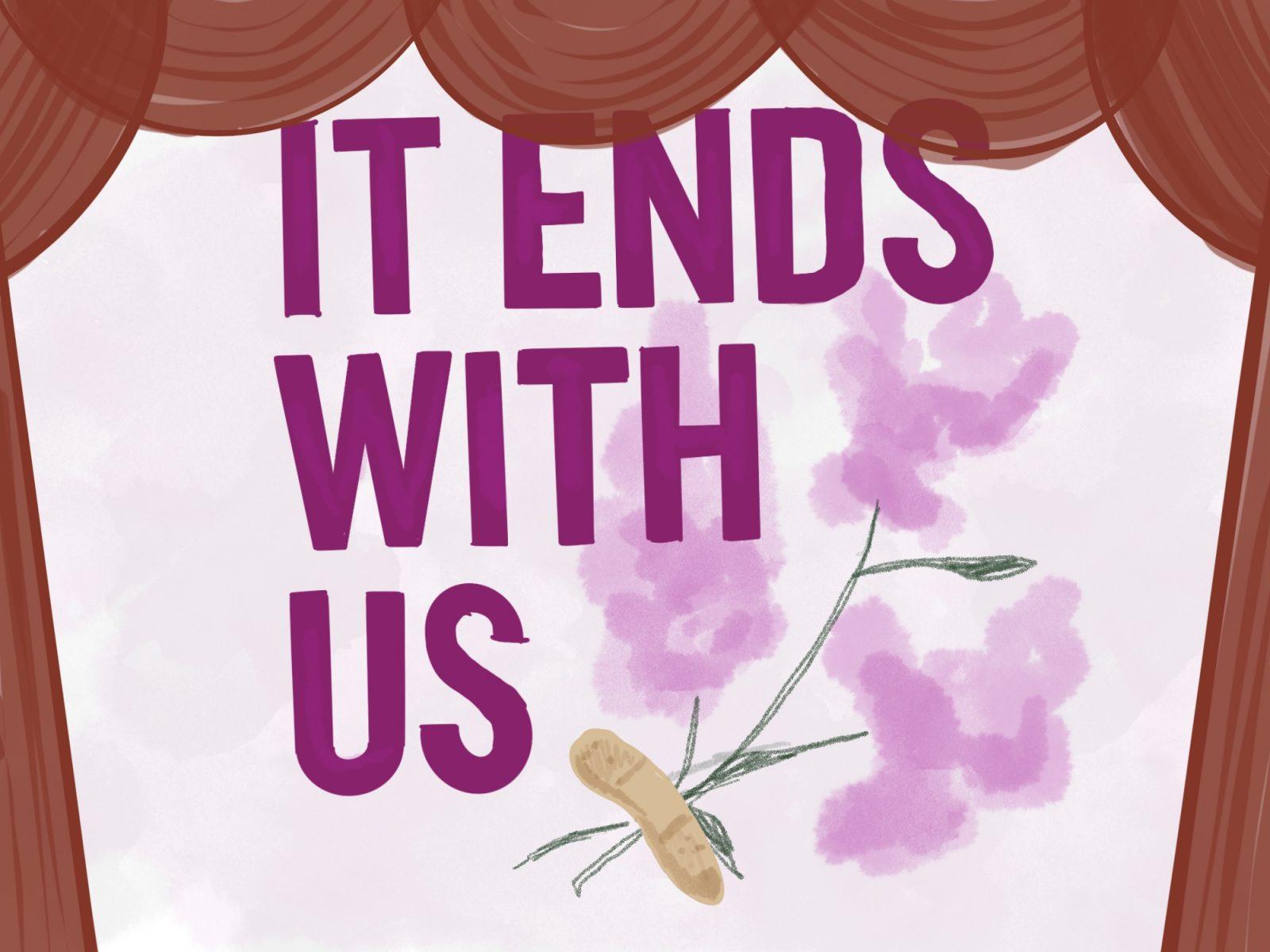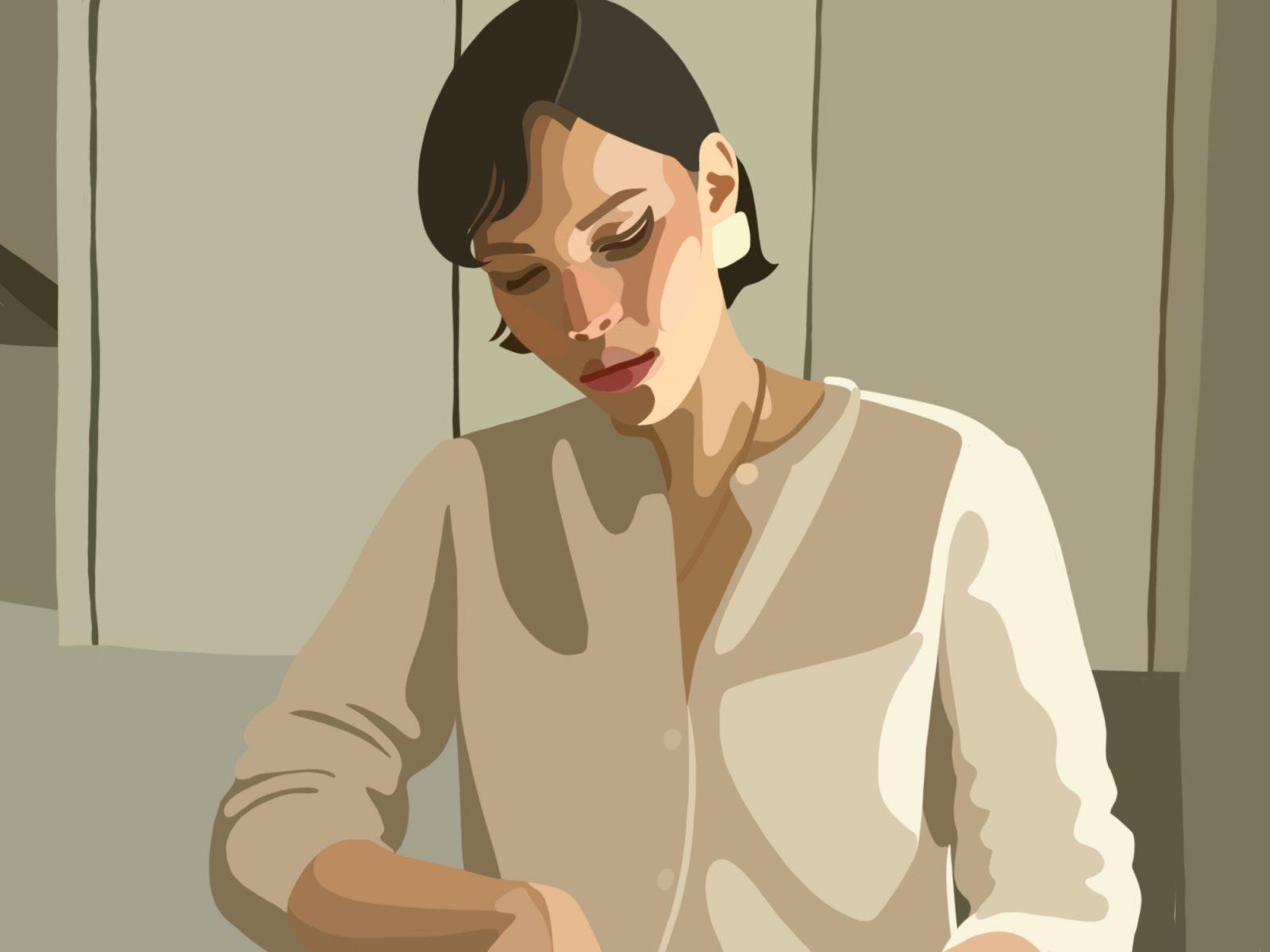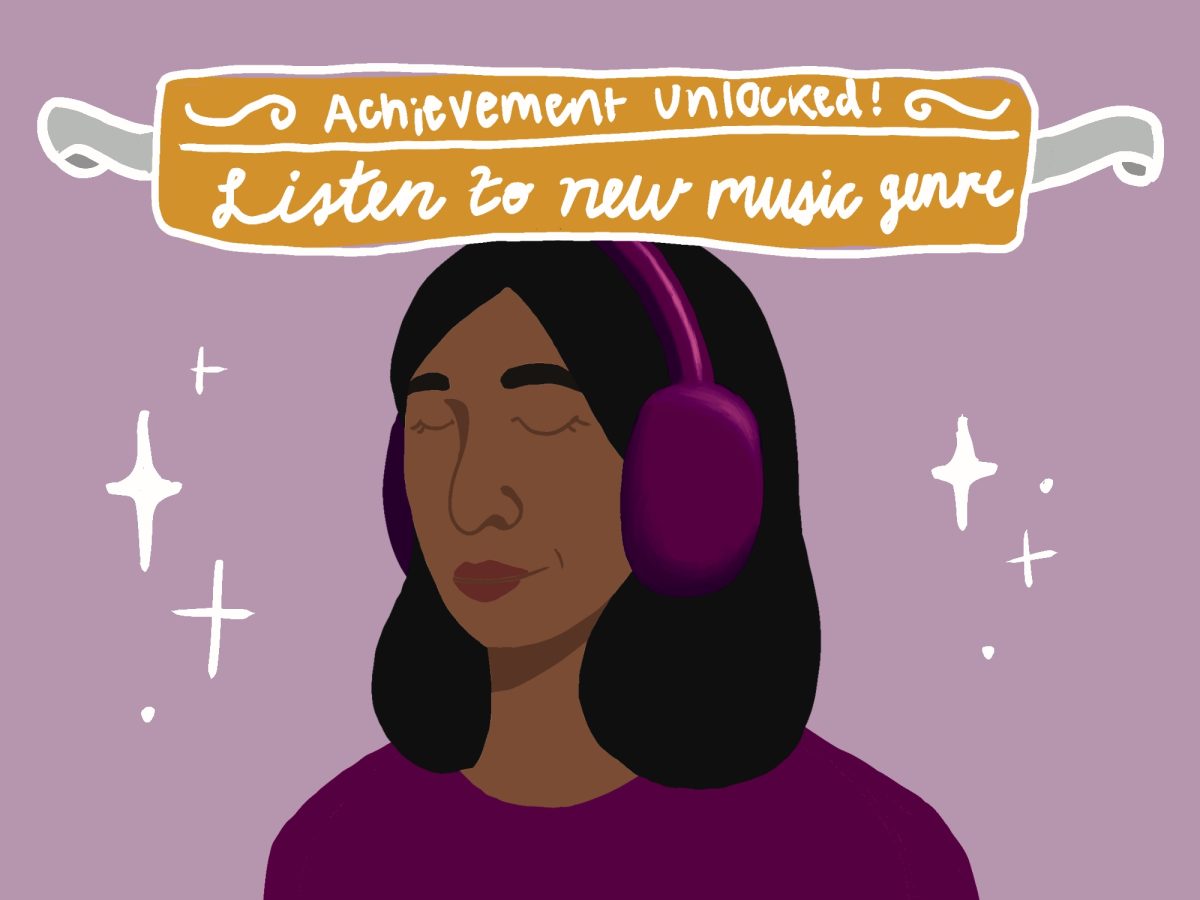While many social media users have closely followed the “clean girl” aesthetic, a trend focusing on self-care and minimalist style, her distant cousin, the “rotten girl,” isn’t far behind in popularity.
The “rotten girl” is a hot mess — she comes home at 5:00 a.m., she has Domino’s Pizza boxes scattered throughout her apartment and the indent of her body is creased into her mattress. She’s been wearing the same clothes for three straight days, but everyone around her just laughs and tells her she still looks fabulous.
But if someone is just a mess as opposed to a hot mess, is everyone still smiling?
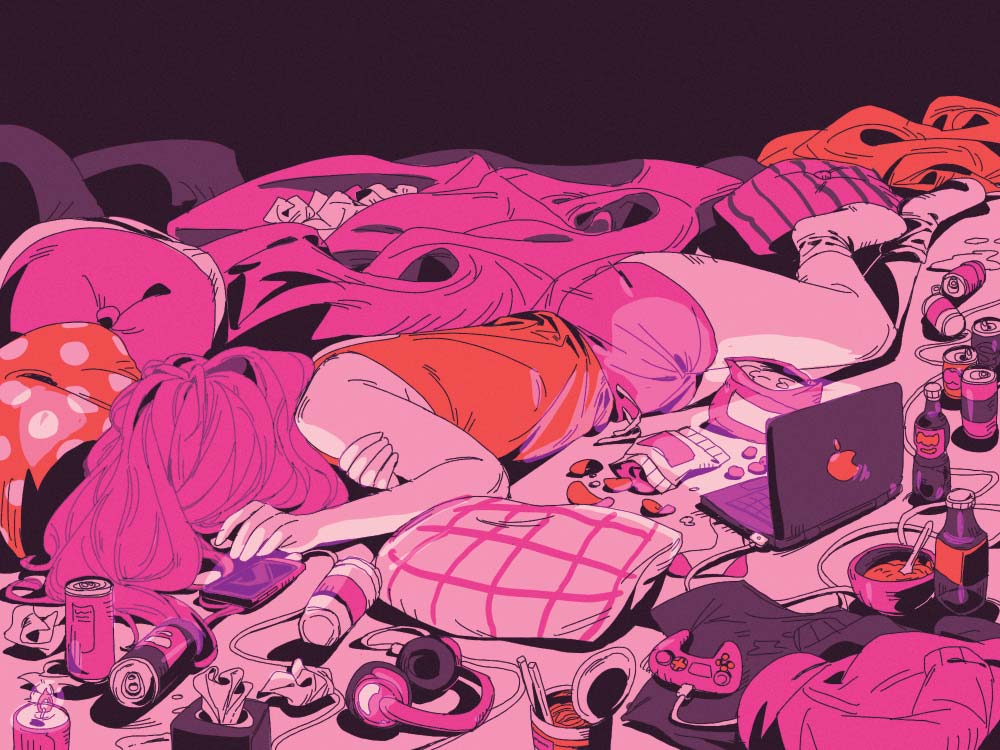
Alix Earle is a prime example of a “hot mess party girl.”
Gaining notoriety as a student at the University of Miami, Earle frequently posts “get ready with me” videos, telling stories about her crazy nights out. In one recent video, Earle partied with her friends for 24 hours straight. In a video from 2023, Earle cleaned out her closet and found a dress with vomit on it from her birthday the year before.
Earle’s lifestyle isn’t realistically sustainable, but audiences love to watch her party on the bar of a club one night then attend a banquet the next night. She’s relatable in the way a majority of us have had nights where we got a bit too crazy, but untouchable to the average person in looks, income and career.
An influencer parallel to Earle is Madeline Argy. Argy made her rise on TikTok in 2022 for her stark humor and elaborate storytelling. Many fans associate her with “bed rotting,” the trend of laying in bed partaking in passive activities, like scrolling on social media, for an extensive amount of time.
Additionally, YouTuber turned it-girl, Emma Chamberlain, has been forward about her hygiene habits, such as how often she may shower or wash her hair.
As popular as it is, is this “rotting” lifestyle something to romanticize, or has it just normalized mental illness?
According to a 2024 report from the National Institution of Mental Health, 36.2% of young adults aged 18-25 suffered from a mental health disorder. Many aspects of this “rot girl” aesthetic are also symptoms of mental illness, such as depression. Common symptoms of depression include lack of energy, sleep problems and lack of self-care.
While these influencers may not be suffering from mental illness or directly romanticizing it, we as viewers don’t cast as much judgement or concern to their content as we would to those in our real lives.
A majority of these “rot girl” and “hot mess” influencers are conventionally attractive, thin, white girls who greatly benefit from pretty privilege, in which an individual receives societal advantages based on their attractiveness.
It’s acceptable for girls like Alix Earle and Madeline Argy to be messy because they already meet the most important societal standard: beauty. When these two post about how hungover they are or how they have hardly left their bed in days, we see it as funny.
We love this “rotten” aesthetic because it’s relatable — a majority of us have had nights where we stay out too late, have had weeks hardly cleaned our apartments and have laid in bed for days on end.
However, is the girl sitting next to you in class who hasn’t showered in days held to the same aesthetic standard as rot girl influencers? Most likely not, because we as humans have a natural bias toward those who are rich and attractive.
Aside from pretty privilege, the underlying problem is the urge to “fit in” and categorize ourselves into these aesthetics, hoping they’ll affirm us and give us a sense of self.
In reality, the “clean girl” and the “rot girl” do not actually exist — we all live on a day to day spectrum between the two, and that’s completely fine.







